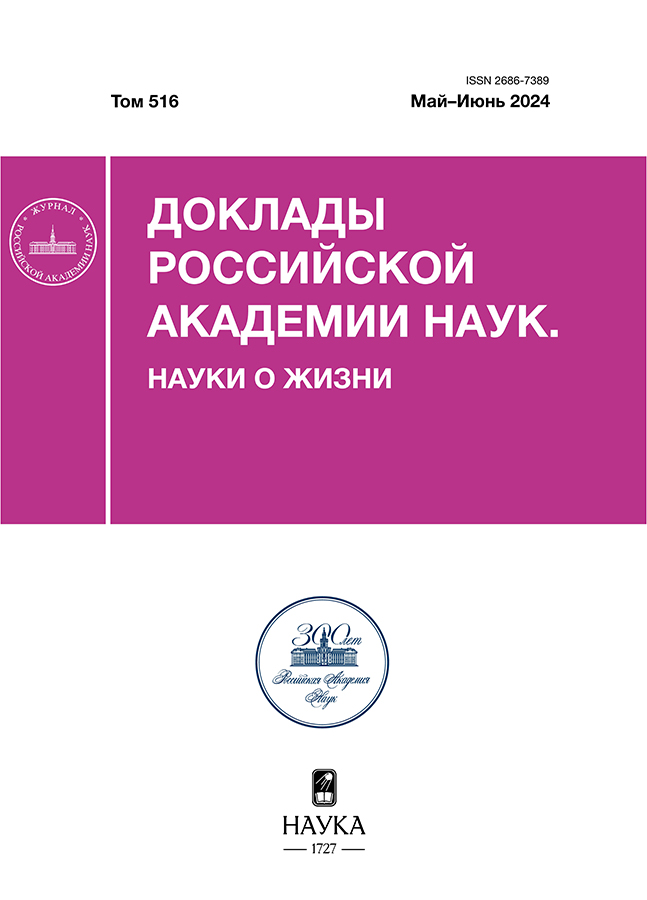Cuban Macaw (Ara tircolor) in the Upper Pleistocene of western Cuba
- Autores: Zelenkov N.V.1
-
Afiliações:
- Borissiak Paleontological institute, Russian Academy of Sciences
- Edição: Volume 516, Nº 1 (2024)
- Páginas: 15-19
- Seção: Articles
- URL: https://cijournal.ru/2686-7389/article/view/651424
- DOI: https://doi.org/10.31857/S2686738924030033
- EDN: https://elibrary.ru/VUOWFA
- ID: 651424
Citar
Texto integral
Resumo
The Cuban Macaw, Ara tricolor (Bechstein, 1811), is an extinct species of large parrots with little known historical distribution and ecology. To date, only three late Quaternary paleontological and one archaeozoological (17th–18th centuries) finds of the species have been described from central Cuba. This article describes the new (fourth) fossil record of the Cuban Macaw, a fragmentary carpometacarpus from the Upper Pleistocene layers of El Abrón Cave in Pinar del Río province. This is the first documented evidence of the species from the western part of Cuba. The associated fauna indicates that the Cuban Macaw lived in mosaic, semi-open marshy landscapes, probably similar to those in the vicinity of Ciénaga de Zapata in modern times.
Palavras-chave
Texto integral
Sobre autores
N. Zelenkov
Borissiak Paleontological institute, Russian Academy of Sciences
Autor responsável pela correspondência
Email: nzelen@paleo.ru
Rússia, Moscow
Bibliografia
- Olson S.L., Suarez W. A Fossil Cranium of the Cuban Macaw Ara tricolor (Aves: Psittacidae) from Villa Clara Province, Cuba // Caribbean Journal of Science. 2008. V. 44. P. 287–290.
- Olson S.L., Maíz López E. New Evidence of Ara Autochthones from an Archaeological Site in Puerto Rico: A Valid Species of West Indian Macaw of Unknown Geographical Origin (Aves: Psittacidae) // Caribbean Journal of Science. 2008. V. 44. P. 215–222.
- Williams M.I., Steadman D.W. The Historic and Prehistoric Distribution of Parrots (Psittacidae) in the West Indies // Biogeography of the West Indies: Patterns and Perspectives. 2nd ed. Eds. Wood C. A., Sergile F. E. Boca Raton, Florida: CRC Press, 2001. P. 175–190.
- Wiley J.W., Kirwan G.M. The Extinct Macaws of the West Indies, with Special Reference to Cuban Macaw Ara Tricolor // Bulletin of the British Ornithologists' Club. 2013. V. 133. № 2. P. 125–156.
- Gala M., Lenoble A. Evidence of the Former Existence of an Endemic Macaw in Guadeloupe, Lesser Antilles // Journal of Ornithology. 2015. V. 156. № 4. P. 1061–1066.
- Orihuela J. An Annotated List of Late Quaternary Extinct Birds of Cuba // Ornitologia Neotropical. 2019. V. 30. P. 57–67.
- Barbour T. The Birds of Cuba. Cambridge, MA.: Nuttal Ornithological Club, 1923. 141 p.
- Jiménez O., Orihuela J. New Findings of Birds in Paleontological and Archaeological Contexts of Cuba // Novitates Caribaea. 2021. V. 17. P. 163–176.
- Suárez W., Díaz-Franco S. A New Fossil Bat (Chiroptera: Phyllostomidae) from a Quaternary Cave in Cuba // Caribbean Journal of Science. 2003. V. 39. P. 371–377.
- Suárez W. The Enigmatic Snipe Capella sp. (Aves: Scolopacidae) in the Fossil Record of Cuba // Caribbean Journal of Science. 2004. V. 40. № 1. P. 155–157.
- Suárez W., Díaz-Franco S. Estudio Paleontológico del Depósito Fosilífero El Abrón, Pinar del Río (Sinopsis de las Aves Fósiles de Cueva El Abrón, Pinar del Río, Cuba) // Biodiversidad Paleontológica del Archipiélago Cubano: Bases Cartográficas y Conservacionistas. Informe final del proyecto 022 AMA-CITMA; 074 MNHN. La Havana: Museo National de Historia Natural Cubana, 2011. 13 p.
- Зеленков Н.В., Гонсалес С.Ф. Первый ископаемый тоди (Aves: Todidae) на Кубе // Палеонтологический журнал. 2020. № 4. С. 93–98.
- Syromyatnikova E., Aranda E., Fiol González S. First Insight into the Diversity of Snakes in the Pleistocene of Cuba // Acta Palaeontologica Polonica. 2021. V. 66. P. 395–407.
- Zelenkov N.V., Gonzalez S.F. A New Extinct Species of Margarobyas (Strigiformes) and the Evolutionary History of the Endemic Cuban Bare-legged Owl (M. Lawrencii) // Journal of Vertebrate Paleontology. 2021. V. 41. P. e1995869. doi: 10.1080/02724634.2021.1995869
- Лопатин А.В. Смена зубов у Nesophontidae (Lipotyphla, Mammalia) из плейстоцена Кубы // Доклады РАН. Науки о жизни. 2023. Т. 497. С. 118–124.
- Зеленков Н.В., Беличенко Е.С. Динамика авифауны западной Кубы в позднечетвертичное время (по материалам из пещеры Эль-Аброн) // Доклады РАН. Науки о жизни. 2022. Т. 503. С. 117–120.
- Росина В.В., Лопатин А.В., Агаджанян А.К., Фиоль Гонсалес С. Новые находки рукокрылых (Chiroptera, Mammalia) в плейстоценовом местонахождении Эль-Аброн (Куба) // Палеонтологический журнал. 2023. № 1. С. 84–92.
- Rojas Consuegra R., Pajón Morejón J.M., Aranda Pedroso E., et al. Estratigrafía del Yacimiento Cuaternario de Microvertebrados Fósiles El Abrón, en el Karst de Sierra La Güira, Provincia Pinar del Río, Cuba // Geociencias UO. 2022. V. 5. № 2. P. 102–113.
- Bush M.B., Correa-Metrio A., Hodell D.A., et al. Re-evaluation of Climate Change in Lowland Central America during the Last Glacial Maximum Using New Sediment Cores from Lake Petén Itzá, Guatemala // Past Climate Variability from the Last Glacial Maximum to the Holocene in South America and Surrounding Regions / Eds. Vimeux F., Sylvestre F., Khodri M. Berlin, Heidelberg: Springer, 2009. P. 113–128.
- Warken S.F. Scholz D., Spötl Ch., et al. Caribbean Hydroclimate and Vegetation History across the Last Glacial Period // Quaternary Science Reviews. 2019. V. 218. P. 75–90.
Arquivos suplementares












